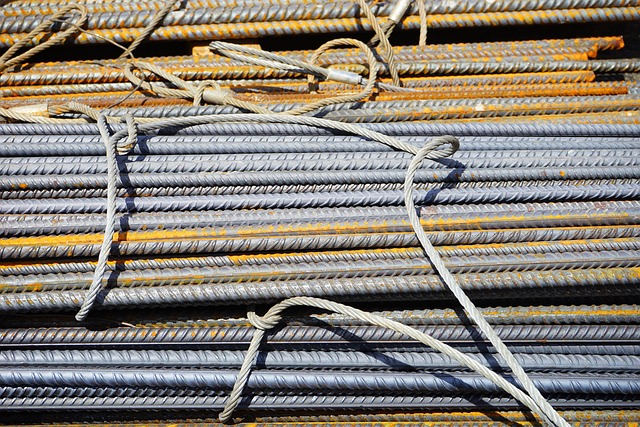Art and design converge in the fascinating world of sculpture, creating three-dimensional masterpieces that speak to our senses and emotions. The choice of material plays a pivotal role in not only the aesthetic appeal but also the conceptual depth of a sculpture. From traditional materials like marble and bronze to modern composites and recycled elements, each material carries its own story and emotional weight.
Consider marble, a classic material revered for its durability and elegance. Sculptors often choose this medium for its ability to capture light and shadow, lending an ethereal quality to the finished piece. The tactile sensation of smooth marble under fingertips invites viewers to touch, to connect, adding a sensory layer to the experience. It embodies timeless beauty, making it a favored choice for sculptures that aim to transcend the passage of time.
On the other hand, bronze offers a different narrative. The process of casting bronze allows for more intricate details, enabling artists to bring their visions to life with precision. Its warm, rich hues evoke feelings of nostalgia and history, while the patinas that develop over time add a layer of authenticity. These transformations breathe life into the sculpture, engaging the viewer in a dialogue about the nature of art and the human experience.
In contemporary sculpture, the choice of material has expanded dramatically. Artists are now experimenting with anything from industrial materials like steel and glass to organic substances such as wood and clay. This exploration reflects a broader commentary on our relationship with the environment and the materials we use. Recycled materials transform into stunning works of art, challenging perceptions and encouraging discussions about sustainability.
The design aspect of sculpture is equally vital. The way a sculptor interacts with their chosen material embodies their artistic vision. Innovative designs can reimagine traditional forms, pushing the boundaries of what a sculpture can be. Dynamic shapes, contrasting textures, and unexpected combinations create visual narratives that captivate observers and provoke thought. This interplay of design and material breathes life into static forms, inviting viewers to engage both visually and intellectually.
Moreover, sculptures often reflect cultural nuances, conveying narratives rooted in specific time periods or societal contexts. Whether it’s an abstract installation challenging the status quo or a figurative piece honoring historical figures, the selection of material and design elements plays a crucial role in effectively communicating these messages. Sculptors are storytellers, sculpting their vision in ways that resonate with audiences on a personal level.
As we stand before a sculpture, we are not just viewing art; we are experiencing the culmination of material, design, and emotion harmoniously intertwined. Each piece invites us into a world forged from the artist’s imagination and crafted with intention. The next time you encounter a sculpture, take a moment to consider the material and design choices. What messages do they convey? What emotions do they evoke? It is in these reflections that the true beauty of sculpture lies, waiting to be unveiled and appreciated by those willing to look deeper.




